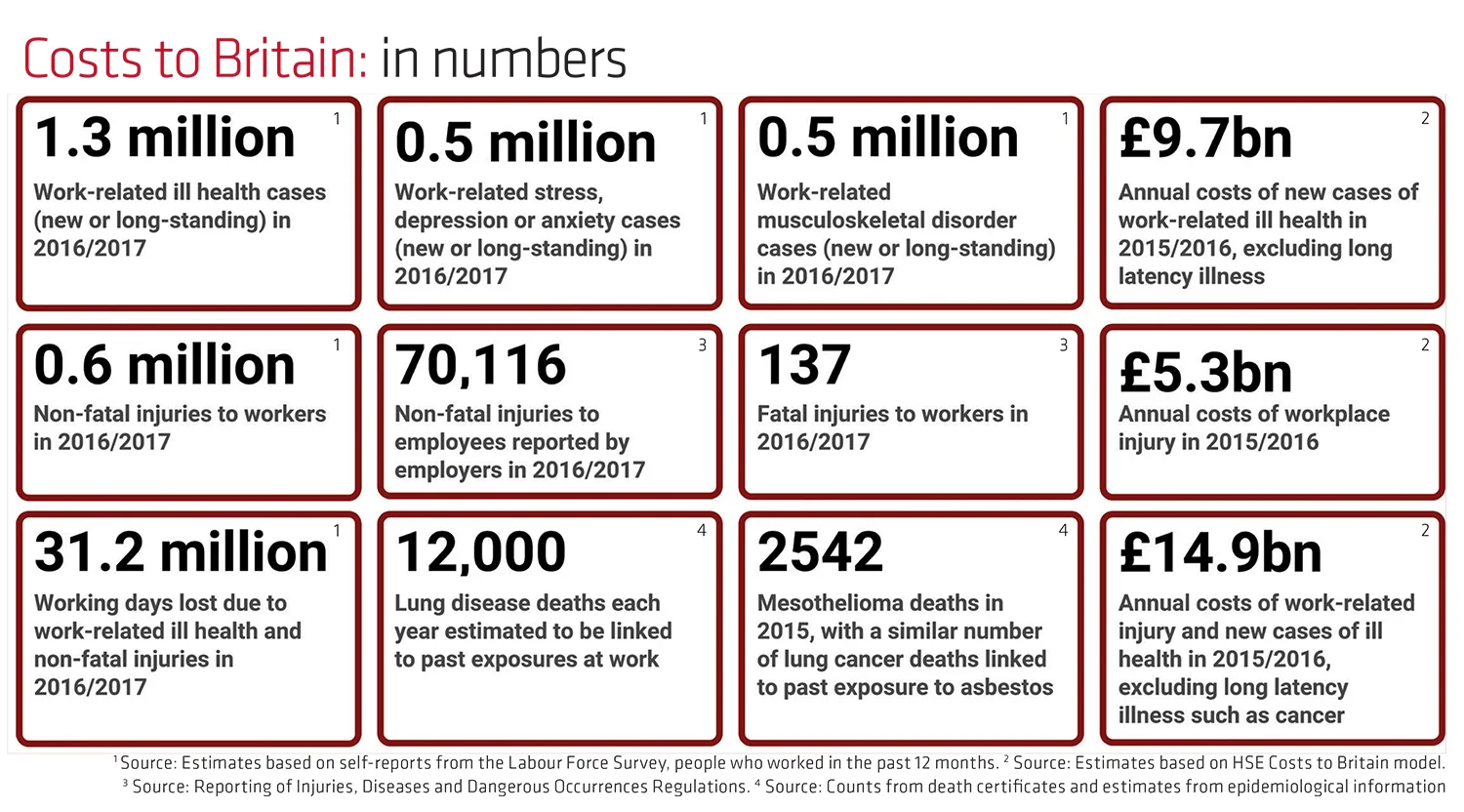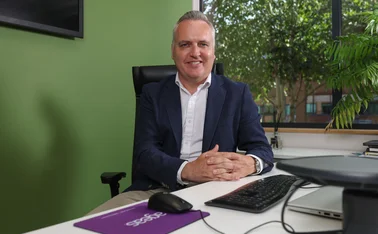
Analysis: Cutting the costs and risks of employee benefits

Being able to offer attractive employee benefits is vital in terms of recruitment, retention and productivity, but they are both costly and risky
HR managers are increasingly turning to their risk management and insurance colleagues for more effective ways to finance employee benefits.
Mark Witte, principal at Aon, says: “Medical inflation impacting private medical insurance markets continues to run in excess of 6%, with similar pricing trends in disability and life assurance markets. Other challenges facing employers today include a state system unable to carry as much of the burden for health and welfare as previously, more awareness of the impact of poor individual behaviours on health, and an ageing workforce, meaning more people having to work longer and perhaps in ill health.”
According to Julia Graham, deputy CEO and technical director of the Association of Insurance and Risk Managers, the role of risk and insurance managers is changing.
“A few years ago our members didn’t have much to do with HR, but with organisations at board level starting to look at risk holistically, they are becoming more business partners than back office technicians. You still need the back office technical skills, but the job today is increasingly enterprise risk management, and by its very definition you will be engaged with other functions in your business.”
Nick McMenemy, director of Mercer Marsh Benefits says: “Risk and insurance managers look at people-related risks such as retention, recruitment, staff engagement and the risks resulting from a downturn in employee productivity. They also need to consider the financial risks of any gaps in their benefits programmes, including those left off any insurance cover. This could result in large payouts as a result of an employer having to meet a contractual death in service liability or overseas medical care for secondees or senior executives.”
Employee benefits are an investment in talent management and it’s not just the case of buying benefit cover, but buying the best you can afford.
Captives
Insurable risks are still primarily placed in traditional markets and products, some large multinationals are using a captive insurance company. Since complex longer-term financing is often required and different teams need to collaborate, the risk/insurance manager is usually the focal point between the company and its captives.
Tracey Skinner, BT’s group insurance director, explains: “When we looked at these costs in totality we were horrified, and so placed some of this employee benefits business in a captive, and its grown over the years.“
Another benefit is diversification of the captive pool so it is not so vulnerable to extreme events.
“Obviously engagement needed to be ramped up with HR – we had to make it clear we were not looking to do their job, just to reduce premiums and take costs away since our captive has always worked on a model where it breaks even and not make a profit,” adds Skinner.

Good governance
Most large companies have a formal risk management department in place with formalised approaches to governance. The situation is less clear for smaller companies with turnovers under $1bn (£0.7m).
Many companies still don’t view employee benefits as a risk, leaving themselves open to litigation. “We are seeing an awful lot of companies struggling to keep up with regulatory changes and consequently liabilities are sat in their benefits, which can be colossal,” says Steve Cave, associate director at accountancy firm Smith & Williamson.
Taking a risk management approach is the first part of due diligence. For instance, when faced with growing scrutiny from regulators, such as the Pensions Regulator or HMRC, the employer can demonstrate there’s been a forensic review.
According to Witte: “Sound governance principles are more commonly associated with pension or risk management practices, but should be adopted as best practice in the broader employee benefits space. This will help employers understand risks through a wide range of data sets including, for example, claims performance, provider performance and employee engagement levels.”
Reputational risks, too, are prevalent. “What happens if a senior member of the business is ill and needs to use their benefits – only to find it has been set up incorrectly? Or if the programme design means that some groups of staff are discriminated against in the access to or use of certain benefits. This could be extremely harmful to the reputation of any business,” suggests McMenemy.
Focus on wellbeing
“It’s now a given that companies need to help improve the physical, emotional and financial wellbeing of all their employees. It helps mitigate people risks in terms of duty of care, diversity and inclusion and workplace safety. However, all too often companies lack a dedicated budget and resources to achieve all this,” says Tracey Ward, head of business development and marketing, Generali UK Employee Benefits.
Research carried out last year by Generali UK and HR Grapevine found that only half of UK multinationals have a budget for wellbeing. Some are thinking along strategic lines, others are just reacting to problems as they arise. A minority simply don’t have the time or resource to do anything.
“Improved usage of these services would not only help companies in their strategic wellbeing goals but also in the mitigation of employers’ liability claims and reducing numerous risks that appear in a company’s operational risk catalogue,” says Ward.
Barriers to involving risk managers
McMenemy says: “Risk managers tend to prioritise property and casualty insurance covers, and often employee benefits sits with HR. Also, some insurances are mandatory and risk managers might understandably find themselves prioritising these as their annual renewal dates approach, whereas, other than pension auto enrolment, employee benefits are voluntary and the risks associated with providing them might well slip off the radar.”
Meanwhile, Robert Brown, director of Zurich Global Employee Benefits Solutions, thinks the main barrier to a risk manager’s involvement is the simple human element. “HR and risk management are not natural bedfellows – risk managers are very financially driven, focused on tangible areas, whereas HR is more how can we make you happy and motivated, how can we reward you? We find there’s quite a bit of suspicion around what each other’s role and objectives are, whereas in reality they are very complimentary.”
Another barrier is that the current global social, economic and political climate presents more immediate risk management challenges.
Only users who have a paid subscription or are part of a corporate subscription are able to print or copy content.
To access these options, along with all other subscription benefits, please contact info@postonline.co.uk or view our subscription options here: http://subscriptions.postonline.co.uk/subscribe
You are currently unable to print this content. Please contact info@postonline.co.uk to find out more.
You are currently unable to copy this content. Please contact info@postonline.co.uk to find out more.
Copyright Infopro Digital Limited. All rights reserved.
As outlined in our terms and conditions, https://www.infopro-digital.com/terms-and-conditions/subscriptions/ (point 2.4), printing is limited to a single copy.
If you would like to purchase additional rights please email info@postonline.co.uk
Copyright Infopro Digital Limited. All rights reserved.
You may share this content using our article tools. As outlined in our terms and conditions, https://www.infopro-digital.com/terms-and-conditions/subscriptions/ (clause 2.4), an Authorised User may only make one copy of the materials for their own personal use. You must also comply with the restrictions in clause 2.5.
If you would like to purchase additional rights please email info@postonline.co.uk







